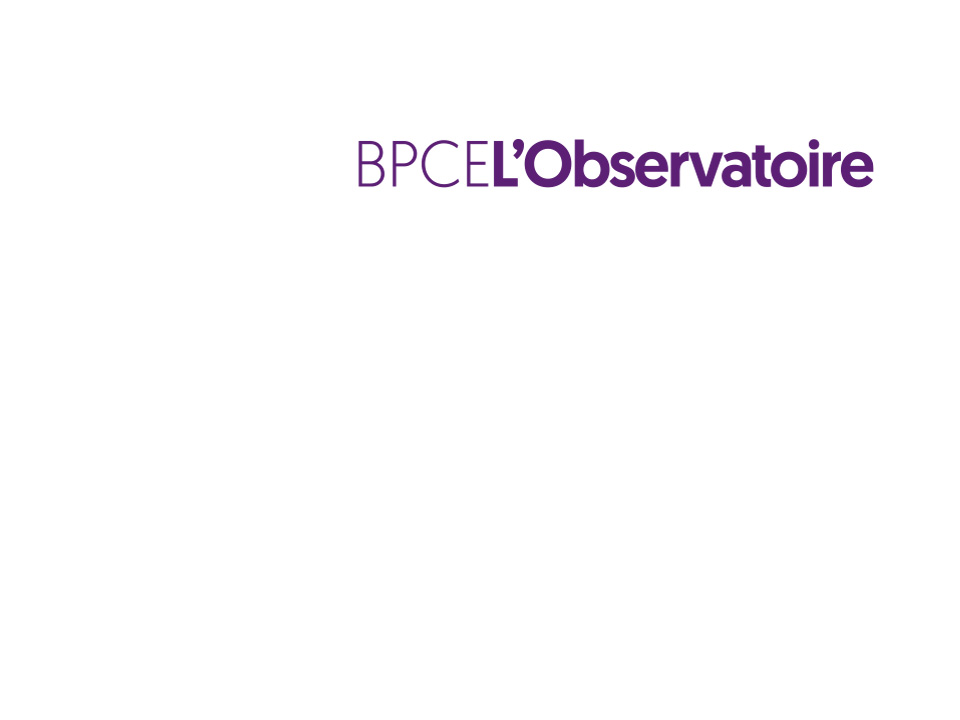

Gradual end to excess saving patterns and acceleration of investment reallocations
[March 2023] With their 2022 annual report on savings and investments, BPCE economists have highlighted two new behavior patterns in household financial investments.


Two key findings emerge from the 2022 report on savings and financial investments: first, household financial investment flows gradually slowed over the course of the year with flows returning to their pre-Covid average in the second half of 2022 after the surge in financial investments in the first six months of the year; and, second, thanks to the rise in interest rates, there was observed an acceleration and intensification of household investment reallocation decisions in favor of tax-free passbook savings accounts and term accounts at the expense of sight deposits, home purchase savings schemes, and euro-denominated life insurance products.
Savings rates remain high; financial flows lose steam
With the savings rate reaching 17.8% in Q4-2022, household savings behavior remained extremely active throughout 2022, averaging 16.6% of income over the year, almost two points higher than the pre-Covid 10-year trend. Overall financial investment flows (excluding capitalization and interest) also remained very high at €87.5bn, but significantly lower than in 2021 (€112.1bn) and, above all, sharply down in the second half of the year when flows decelerated sharply and returned to the trend previously observed in 2018-2019, especially for non-securities investments. The second half of 2022 would therefore seem to mark the end of the surge in household financial flows built up in 2020,
2021, and the beginning of 2022.
Higher interest rates and increased reallocation of savings
In the wake of inflationary pressures, the combined rise in regulated and market interest rates has, for several years, profoundly altered the terms of the household financial decision-making process. Regulated rates, notably, were increased twice: first in February to 1% for the Livret A passbook savings account/LDDS sustainable and inclusive development passbook savings account, and to 2.2% for the LEP popular passbook savings account and, subsequently, in August to 2% for the Livret A/LDDS and 4.6% for the LEP. The departure from zero interest rates encouraged households to reexamine their placing of savings on sight deposit accounts and to consider different allocation options when the rates on offer approach a psychological threshold close to 2.5% – 3.5%, a level at which savers consider it worthwhile to take steps to invest their money.
Increase in reallocation decisions in pace with rising interest rates
The impact of higher regulated interest rates consequently increased as the rate of interest paid on Livret A passbook savings accounts approached this threshold (flows into the Livret A alone rose from €1bn/month in the 1st half of the year to €3bn/month in the 2nd half). This impact, which is also very marked for the LEP, is expected intensify still further in 2023.
Increases in market rates chiefly found expression in term accounts, and the usually marginal inflows on these financial instruments began to play a major role in overall flows (around €16bn in the second half of the year). The dual causes driving reallocation decisions (regulated rates and market rates) increased the pace of net outflows from home-purchase savings plans and euro-denominated life insurance products (rising from outflows of €1bn/month in H1-2022 to outflows of €2bn/month in H2-2022) but the most striking reallocation trend is the one affecting sight deposits, where seasonally adjusted net flows fell from a positive €3bn in the 1st quarter of the year to a negative €5bn in the 4th quarter!
Reallocation decisions even more marked for corporate cash holdings
For companies, the reallocation of stocks of assets is even more marked. While total banking flows remain virtually zero, annual term deposit inflows stand at €54bn versus sight deposit outflows of €41bn, with passbook accounts accounting for a very small proportion of flows. All in all, in a market where corporate banking products remain stagnant despite inflation, ongoing reallocation decisions are no longer focused on investment flows but on the stocks of assets already built up.